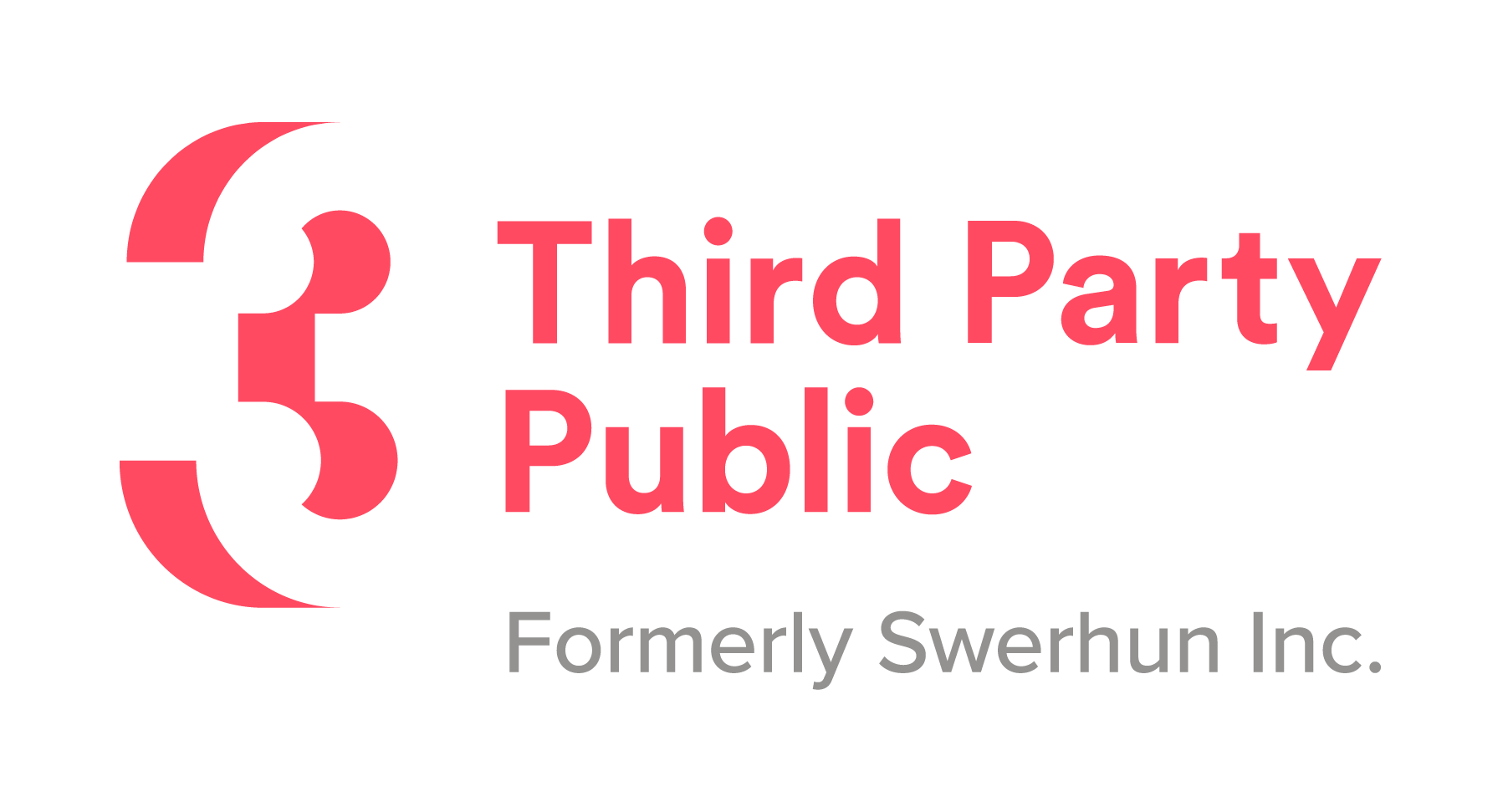FRAMING THE NARRATIVE
STRATEGY 3
What it is:
Framing is about the language you choose to use to describe your project. It fits issues within the context of a storyline or narrative that reflects a particular world-view that participants can relate to.
Why does it matter?
There may be many narratives about how and why things have unfolded. Projects need one strongly framed narrative that all stakeholders and decision makers can support. This provides a shared starting point for the discussion and acts as a steady reference throughout the process.
A strongly framed narrative helps organize the content of a discussion. It makes what could be overwhelming information easily understandable. It does this by presenting content around a small number of topics that communicate what a project is about and the thinking that needs to happen to move a project forward.
The narrative frames the relationship between you and everyone else involved in the process.
Framing is also valuable when working within your organization. It will provide the decision maker the tools they need to sell or support your project with their peers and constituents. When the project is described in terms of the value it can provide, it is much easier to build support and keep the overall work in the broader context.
Examples of how it matters:
A city was consulting the public as part of one of their regular Official Plan reviews. The city staff wanted to signal that they were open to any and all comments about the Official Plan, while at the same recognizing that not all residents are familiar with the Official Plan. The challenge was to figure out how to take a potentially overwhelming discussion and focus it in a way that residents could easily relate to. The most important framing decisions they made were (1) to tell people that the Official Plan focused on how the city grows and changes; (2) that the Official Plan directs changes to only 25% of the city’s land area, while 75% of the land (primarily stable neighbourhoods) is protected; and (3) that the consultation would focus on the changes happening in the 25% of the city where change was being directed. This framing automatically focused the scope of the discussion during the consultation to a subset of the city’s geography while at the same time managing fears that stable neighbourhoods would change.
A large municipally-owned public square was developing its strategic plan in consultation with the surrounding community. There was a strong desire among some participants to frame the discussion in terms of the revenue generating potential of the square, while others were keen to focus on the balance of uses of the square, including the important responsibility of the square to be available to the public. The framing of the strategic planning process was essential to its success. Rather than having one of the two “competing” perspectives frame the discussion, the team of staff running the square framed the discussion. They framed it in terms of confirming the role and identity of the square, which then helped inform decisions about revenue generation and users.
“A framing effect occurs when in the course of describing an issue or event, a speaker’s emphasis on a subset of potentially relevant considerations causes individuals to focus on these considerations when constructing their opinions. For example, if a speaker describes a hate-group rally in terms of free speech, then the audience will subsequently base their opinions about the rally on free-speech considerations and, perhaps, support the right to rally. In contrast, if the speaker uses a public safety frame, the audience will base their opinions on public-safety considerations and oppose the rally.”

